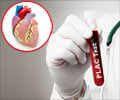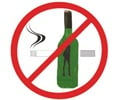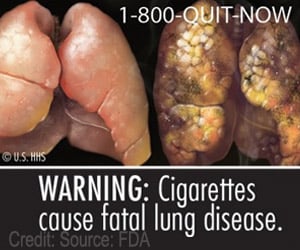In adolescent animals, a single exposure to anesthetic alters ethanol sensitivity in a manner that magnifies the typical adolescent response to alcohol, found new study.

‘A single exposure to anesthetic in adolescent animals can alter ethanol sensitivity in a manner that magnifies the typical adolescent response to alcohol.’





This may contribute to the high rates of alcohol misuse in adolescence, as well as to an elevated risk of developing AUD. However, as not all adolescents who drink alcohol will develop an AUD, it is important to identify factors that may further increase propensity to abuse alcohol in this age-group. The study was conducted using laboratory-bred adolescent rats according to strict animal welfare guidelines. Many of the important findings to date on how adolescents respond to alcohol have been gained from well conducted animal studies, because it is unethical to administer alcohol to human youth to investigate its effects under controlled conditions.
Importantly, adolescent-responsiveness to alcohol appears to be similar in rats and humans. In this study, male rats in early adolescence (around 4 weeks old) were exposed for a short duration to isoflurane (a general anesthetic), or to normal air as a control. A few weeks later (when the rats had reached mid-to-late adolescence, late adolescence, or adulthood), tests were conducted to assess the rats’ responses to different injected doses of ethanol (alcohol).
The researchers found that after being exposed to isoflurane in adolescence, the rats showed reduced sensitivity to negative properties of ethanol; for example, the exposure reduced the adolescent animals’ (already low) sensitivity to alcohol’s sedative and taste-aversive effects.
The rats also voluntarily drank more ethanol, and showed greater ethanol-induced impairment of memory, following exposure to isoflurance in early adolescence. Of note, some of these effects persisted into adulthood. Separate groups of rats were exposed to isoflurane in adulthood, rather than adolescence; however, at this age (when the brain would be fully mature) the isoflurane had no effects on subsequent responses to ethanol.
Advertisement
General Anesthetic Exposure During Early Adolescence Persistently Alters Ethanol Responses. J.D. Landin, J.K. Gore-Langton, E.I. Varlinskaya, L.P. Spear, D.F. Werner (pages xxx). ACER-19-4144.R2
Advertisement















